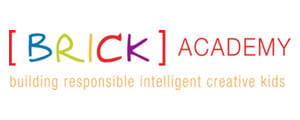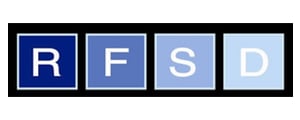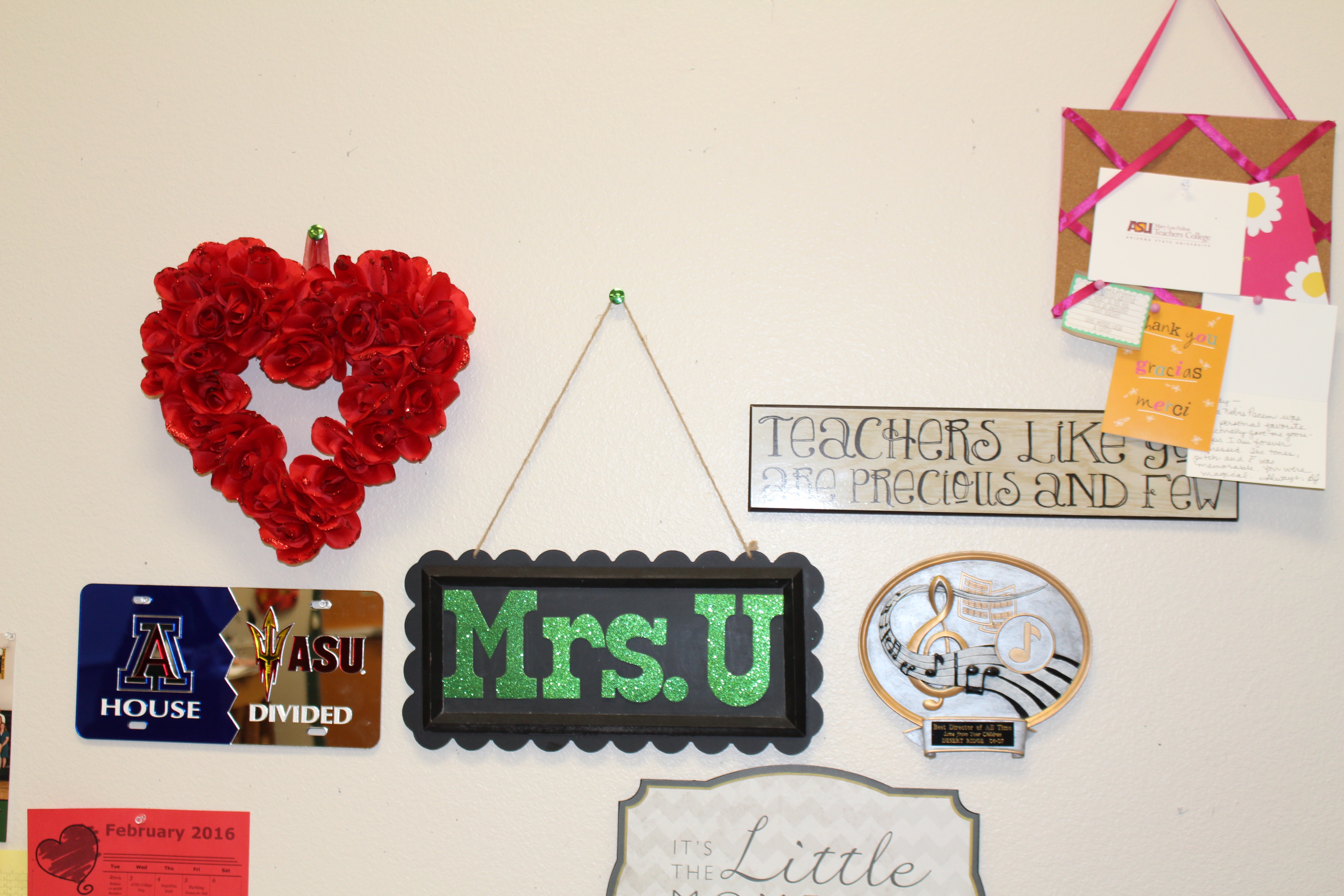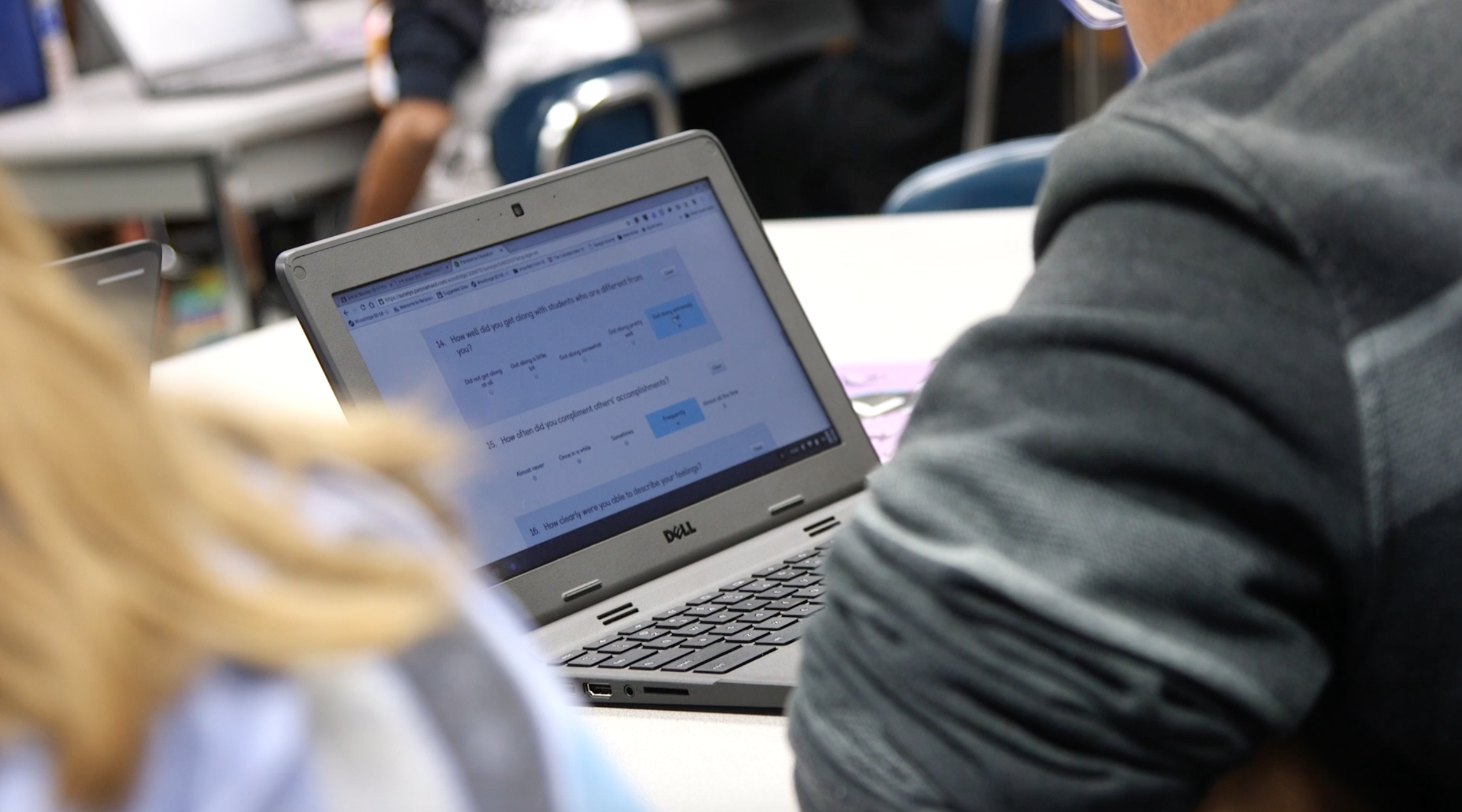Social-emotional learning isn't a one-size-fits-all concept; in recent years, school and district leaders have made moves to build social emotional learning programs that work best for their unique communities.
Recently, Panorama sat down with with Mindy Weidman, Chief Accountability Officer at BRICK Academy in Newark, New Jersey, and Rob Stein, Chief Academic Officer and incoming Superintendent at the Roaring Fork School District in Colorado. Rob and Mindy discussed how their schools have developed social emotional learning programs to fit the needs of their students and stakeholders. They also shared thoughts on the future of social-emotional learning, and why they feel it matters so much in their communities.
Social-emotional learning goes by many names, including character education, whole child, and values education. Beyond these umbrella terms, many schools and districts have come up with their own programs, acronyms, and motivational slogans to rally teachers and students around social-emotional learning. They're using topics and themes like grit, growth mindset, and school safety to develop initiatives to improve students' academic performance and health and wellness.
DREAMS: Social Emotional Learning Programs at BRICK Academy
 BRICK Academy, a school turnaround organization that currently operates two schools in Newark, talks about DREAMS to remind students to dream big. DREAMS stands for diligence, respect, empathy, appropriate self-expression, model citizenship, and self-regulation—all characteristics that live under the umbrella of social-emotional learning skills and behaviors.
BRICK Academy, a school turnaround organization that currently operates two schools in Newark, talks about DREAMS to remind students to dream big. DREAMS stands for diligence, respect, empathy, appropriate self-expression, model citizenship, and self-regulation—all characteristics that live under the umbrella of social-emotional learning skills and behaviors.
The faculty and administration at BRICK have defined what these values look like in action, and track how student behavior aligns with these characteristics in three ways:
- BRICK uses the Second Step social emotional learning curriculum to help students learn and practice the DREAMS values during advisory times.
- Throughout the school day, BRICK Academy staff use a behavior management system called Kickboard to reinforce the DREAMS values through behavioral feedback.
- BRICK measures the effectiveness of their social emotional learning programs using Panorama's social-emotional learning survey. BRICK has customized the survey to align with their DREAMS framework. For example, they changed the "grit" measure to "diligence" to assess students' ability to persevere through setbacks.
Habits of a Scholar: Character Development at Roaring Fork
Roaring Fork School District (RFSD) is a rural district in western Colorado that includes 11 schools in three different communities serving a total of 6,000 students. Half of the students in Roaring Fork live in Spanish-speaking households. Rob Stein shared that RFSD's "bicultural community" and "unique blend" are critical to how the district has developed social emotional learning programs, often called character development in Roaring Fork.

As a first step, Roaring Fork conducted a series of community meetings in English and Spanish to discuss the qualities and character traits that are important for students to cultivate. Community members expressed desire for academic excellence paired with a strong sense of community and belonging, as well as a curriculum that emphasizes character development.
The district then developed a list of the "Habits of a Scholar" they wanted to see in their students: executive skills, perseverance, enthusiasm, compassion, and teamwork. RFSD decided that each "habit" should have a close cognate in Spanish—which led them to use the word "perseverance" rather than "grit." Like at BRICK, teachers and students at RFSD cover character development topics in advisory sessions. To engage families around supporting SEL at home, Roaring Fork has published resources on Habits of a Scholar in English and in Spanish.
"High structure, high love"
Mindy and Rob both reflected on the impact of SEL programs, integrating SEL into schools with authenticity, and where they think teaching SEL is headed.
"What we are really trying to do is create high structure and high love in our schools, where there is both accountability and support.... not just thinking about disciplinary infractions, how do we correct or provide consequences, but how do we see these as teachable moments and coach kids so that they have opportunities to behave differently in the future."
—Rob Stein, Roaring Fork School District
Thank you to Rob and Mindy for sharing insights into developing social emotional learning programs in their schools, and how they've engaged students, families, teachers, and staff in their respective journeys. If you're interested in learning more, watch the whole conversation or download our free guide on measuring social-emotional learning at your school or district.





